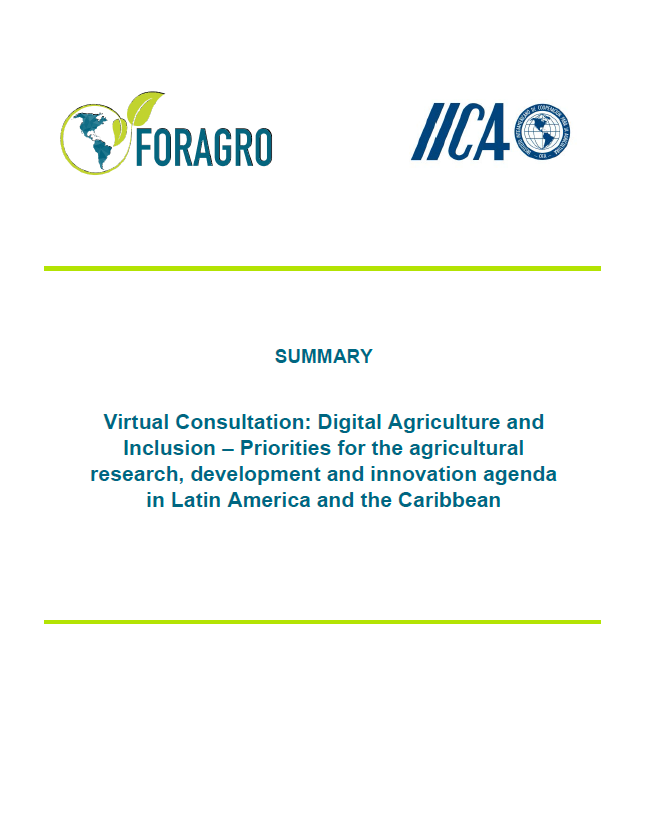Main Messages
1. Water can be thought of as an asset, a service, and a space. It has distinct economic, as well as noneconomic and nonmonetary values. In many cases, the latter values are spiritual or social and the underlying norms and practices that play out are often deeply gendered.
2. Water is an arena where gender relations play out in ways that often mirror inequalities between the sexes. For instance, women’s lower access to land is mirrored in their lower access to water-related natural resource assets.
3. Gender inequality in water, as elsewhere, reflects complexities that are not easily predicted. For example, not all women are disadvantaged, nor all men privileged. People have multiple identities based, among other things, on their ethnicity, race, caste, religion, socioeconomic status, location, disability status, and sexual orientation. The intersection of identities creates unique situations that require specific solutions.
4. Norms and practices related to water often exacerbate ingrained gender and other hierarchies. Informal institutions, taboos, rituals, and norms all play a part in cementing the status quo. Therefore, water often reflects, and even reinforces, gender inequality.
5. The nonmonetary, noneconomic values of water are important for policy and practice. That is because they influence the behavior of individuals and groups, particularly their response to water-related reforms or interventions.
6. Interventions that balance gender relations in water-related domains can have a strong influence in furthering gender equality more broadly.
7. Policies and programs can influence change. They are particularly effective when they improve the ability, opportunity, and dignity of those likely to be left out.

